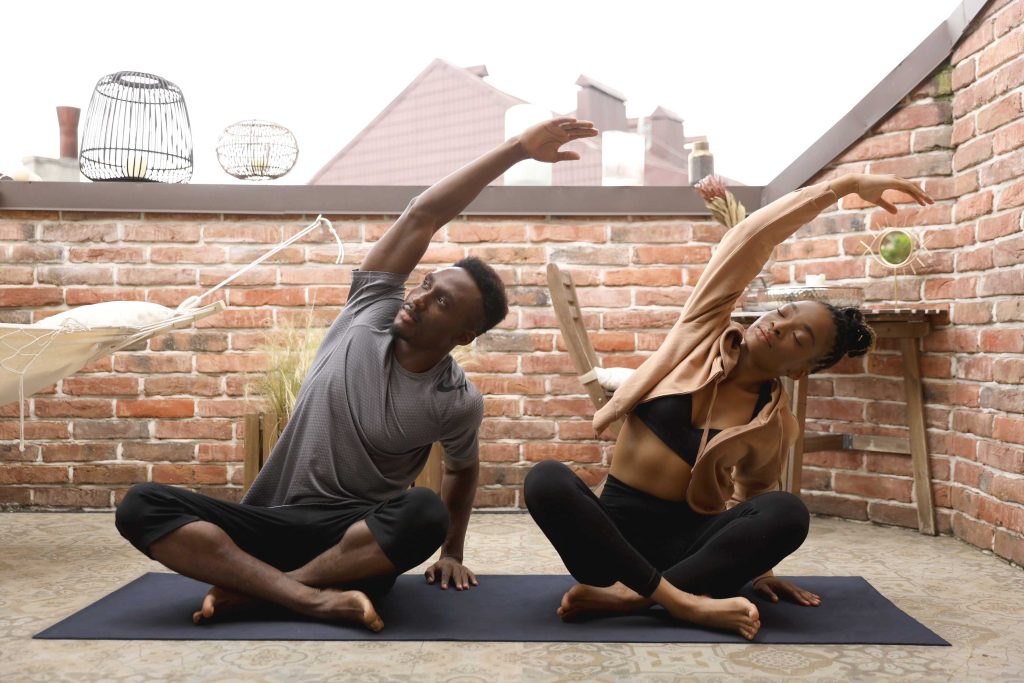Yoga is an ancient practice that has been around for centuries. It combines physical, mental and spiritual elements to improve overall health and well-being. With its benefits ranging from improved flexibility, strength and balance to reduced stress levels, it’s no wonder why so many people are turning to yoga as a means of managing injuries and illnesses. Here, we will discuss what yoga is, the benefits of yoga and how it helps people who suffer from disabilities or other medical conditions and how you can start incorporating it into your life.
What is Yoga?
Yoga is a practice that involves breathing exercises, physical postures (asanas), relaxation techniques and meditation. Each component works together to promote both physical and mental health benefits. The goal of yoga is to help individuals find a sense of balance and harmony in their lives. Through regular practice, one can become more mindful of their body, as well as increase strength, flexibility and overall well-being.
The Benefits of Yoga for Those Suffering From Injuries And Illnesses
The benefits of yoga are limitless for people who suffer from both physical and mental injuries or illnesses by providing several benefits.
-
Improved Flexibility: One of the most noticeable benefits of yoga is increased flexibility. People with arthritis or other ailments that cause joint pain may find relief through stretching exercises done regularly in a yoga class.
-
Increased Strength: Certain movements within a yoga practice can build up strength in muscles that are weaker than others due to injury or disability. This can help improve your overall balance and stability, thereby reducing the risk of falls or other accidents.
-
Reduced Stress Levels: Yoga is a great way to release tension in the body and mind. Relaxation techniques such as breathing exercises, meditation and mindful movements can help reduce feelings of stress, anxiety and depression.
How To Get Started with Yoga
If you are interested in starting yoga but have limited mobility due to an injury or illness, it’s important to find a qualified teacher who specialises in working with people with disabilities. This will ensure that you receive proper instructions on how to do postures safely and effectively for your condition. You may also want to look into taking classes specifically designed for those with physical limitations.
Once you’ve located a teacher, it’s recommended to start with a beginner’s class. This will give you the chance to become familiar with the basic poses and breathing techniques before progressing to a more advanced level. Remember to take things at your own pace and listen to your body throughout each practice.
How Yoga Helps People Suffering from Arthritis
The benefits of yoga go way beyond the body, but the mind as well. It has been used for centuries to help people suffering from various illnesses and injuries, including those afflicted with chronic pain and arthritis. This article discusses how yoga can aid in providing relief from such ailments.
Arthritis is a condition characterised by inflammation of joints which causes stiffness, swelling, and pain. There are two types of arthritis: rheumatoid and osteoarthritis. Rheumatoid arthritis is an autoimmune disorder where the body’s immune system attacks its tissues causing inflammation and damage to joints. Osteoarthritis, on the other hand, is caused by wear and tear of the joint cartilage leading to stiffness and pain.
One of the key benefits of yoga is its effectiveness in reducing inflammation, increasing flexibility and range of motion, as well as providing relaxation benefits for those suffering from arthritis. It is not just a physical form of exercise but its benefits also reach out to one’s mental state.
Another one of the benefits of yoga is that it helps with arthritis by improving posture and alignment. Poses are often done in combination with breath control exercises; this assists in releasing tension from the body thereby relieving pain. Poor posture due to arthritis can lead to improper alignment which further worsens the condition. With the help of guided poses and breathing techniques, yoga can help promote better posture, allowing for improved body alignment.
Yoga can also aid in improving the flexibility of the joints and muscles. A greater range of motion helps with daily activities such as walking, climbing stairs, or even moving around the house. With improved joint mobility, people suffering from arthritis often experience lessened levels of pain and stiffness. Furthermore, strengthening exercises incorporated into yoga poses has been known to reduce pain associated with arthritis; when muscles are strengthened they help support arthritic joints thereby allowing for better movement and ease during activities.
Lastly, yoga provides benefits to those suffering from arthritis in the form of relaxation benefits. Stress and negative emotions have a direct correlation to muscle tension, which further aggravates pain experienced due to arthritis. Doing certain poses accompanied by deep breathing exercises helps in calming the body and mind, reducing stress levels and providing relaxation benefits.
How Yoga Benefits Athletes
Even athletes can experience the benefits of yoga. Yoga can provide athletes with an array of benefits, both physical and mental. The practice of yoga helps to improve muscle strength, flexibility and balance while also promoting increased body awareness and control. This makes it easier for athletes to execute movements that are more precise, powerful and dynamic in nature. Additionally, yoga encourages better breathing techniques which help athletes to perform at their best during high-intensity activities.
On the mental side, yoga is a great way to reduce stress and anxiety levels which can affect athletic performance.
Research has shown that regular practice of yoga improves focus, clarity of thought and concentration – all important components for effective training or competition. Furthermore, by working on relaxation techniques such as meditation or visualization it aids in developing greater confidence and composure which can make all the difference in a challenging situation.
Overall, with its vast benefits, it’s no wonder that athletes of all levels recognise yoga as an essential part of their training routine. With regular practice, athletes develop increased strength, flexibility and control while also gaining improved mental focus and emotional resilience – key elements for success in any sport.
Contact Falcon Health
At Falcon Health, we understand the importance of yoga in helping clients deal with conditions such as arthritis, as well as those suffering injuries. We recommend yoga and exercises as part of our rehabilitation and bespoke care plans to ensure that our treatments are as successful as possible. If you would like to learn more about our physiotherapy and chiropractic care, contact us today at info@falcon-health.com or 01444 257555. Our expert team would love to discuss our treatments with you and get you back to your best.
Article: Phoenix Marketing






